US-Sport
MLB: Draft 2018: Catcher Joey Barton in portrait – On the tracks of great names
Joey Bart is considered one of the top talents in the 2018 MLB Draft, and the Georgia Tech Yellow Jacket wrestler is probably the best player in his position and has improved steadily over the past few years. If he goes in the first round, he follows in the footsteps of his great predecessors. SPOX introduces the Backstop.
When you put together a baseball team, the position of the catcher is still a very central one in 2018. A franchise catcher gives a team stability and also helps the pitching staff to get the best performance every day.
The best example of the importance of this position is certainly Buster Posey, after his enthronement the San Francisco Giants won the World Series three times in six years at the beginning of this decade. The Minnesota Twins, on the other hand, won numerous division titles in the early years with Joe Mauer behind the record.
Joey Bart could soon take on this role. The junior from Georgia Tech is considered the best Catching talent in the MLB Draft 2018 and could leave the board very early. And with that, in turn, he would follow in great footsteps from the school’s point of view.
Georgia Tech has an impressive history of wrestling. In the 90s, for example, it was a certain Jason Varitek (14th pick in 1994) who led his team to the College World Series title. In 2004, he was the catcher of the first Boston Red Sox World Series triumph in 86 years. In 2007 he won another title with Boston, while the Baltimore Orioles drew the next catcher of the Yellow Jackets in the first round with Matt Wieters (5th Pick 2007). He has also been all-star several times and reached the playoffs three times with the O’s.
Now the time seems to have come for Bart, who was already considered a candidate for the first five rounds in 2015. In the end, however, he was considered difficult to place because he had already decided on a scholarship at Georgia Tech. The Tampa Bay Rays then struck in turn 27, but Bart stuck to his decision and went to college.
Back then, the scouts already knew that the boy, who is almost 1.90 meters tall and weighs about 102 kilograms today, has considerable power potential. In the meantime, this has also come true. He has made 16 home runs in 56 games in 2018. Overall, it even comes to a mighty 1,113 OPS! A clear increase over its 2016 Freshman season (1 HR, .733 OPS).
Barton is the current Player of the Year and Defensive Player of the Year of the Atlantic Coast Conference and is distinguished primarily by his power. It has the valuable ability to distribute the ball everywhere with power. And scouts attest that he no longer has to pretend too much with his swing for home runs – something that haunted him in his early college days.
Nevertheless, there are still gaps in his momentum, his discipline at the record leaves much to be desired and the pitch recognition is also still to be improved. He is what experts call a “free swinger”. Patience is not his thing, he tries to hit the ball, even if it’s not so advisable. All this leads to strikeouts, many strikeouts.
However, the ratio of strikeouts to walks has improved from year to year during his college years: he started at 34/8, then moved on to 50/16 and improved significantly in the current season to 54/41.
Besides his power, he also has a great throwing arm. In his first two seasons he ejected 40 percent of the base stealer. And his receiving and game calling has also developed very well.
This goes so far that Bart usually decides for himself which pitches to throw, which is an absolute rarity in college. These decisions are usually made by the coaches. “It’s a rarity in college baseball, but it probably determines more than 95 percent of the pitches thrown in the game,” reported his head coach Danny Hall at Baseball America. “Joey makes it easy. “And I think he’s doing a really good job of it.”
It is correspondingly difficult to find the salt in beard’s soup. Apart from the already described problems with simple hitting, there are actually only the usual negative aspects, which apply to almost all catcher: He is quite slow and “a bit big/strong for a catcher”.
But nearly every wrestler is slow, which naturally comes from the great effort to which the legs and knees are exposed during a game. A wrestler is known to sit nine innings behind the plate.
And the matter with the size cannot be discussed away, but Varitek had similar dimensions, while Wieters is even bigger and heavier – just to take the two GT examples.
Wieters also acted as a consultant for Bart during the off-season, as the current Washington Nationals wrestler lives in Atlanta/GA and keeps fit with the Yellow Jackets over the winter. “It was all about the mental, such as how to tackle the enemy hitters. Pitch calling was also a big issue,” Bart told BA. “Another topic was how to keep fit. These little secrets are very important, because if you, as a wrestler who does every game, don’t take care of yourself, something will happen to you. And nothing wants to leave to chance.”
Asked about Bart’s famous predecessors behind the record, Hall said: “I think he belongs in this group. He’s a very, very hard worker. He’s got a high baseball IQ. And when you look at Varitek and Wieters, you can see why they stayed in the league for so long – they understand the game. And I think they understand how to get the most out of the pitchers as a catcher. And so is Joey.”
Scouts and draft gurus see Bart as by far the best wrestler in his class. Even more: You see him as a safe top 10 pick, who would go to the Pittsburgh Pirates at position 10 at the latest. But it is more likely that the Yellow Jackets star will find a team much earlier – perhaps in the top 5 or even a little higher.
But every team can certainly use it, because potential franchise quarterbacks don’t grow on trees.
This article was published without previous view by the Major League Baseball.


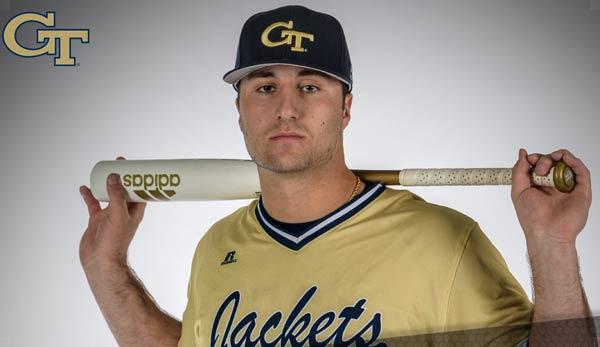




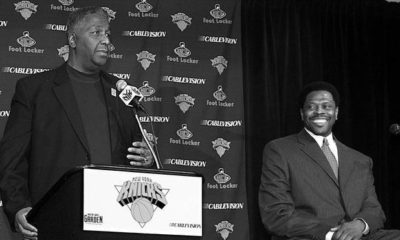
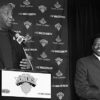
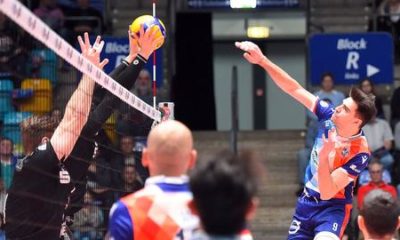
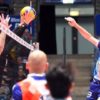
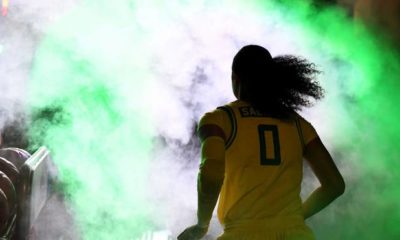






You must be logged in to post a comment Login